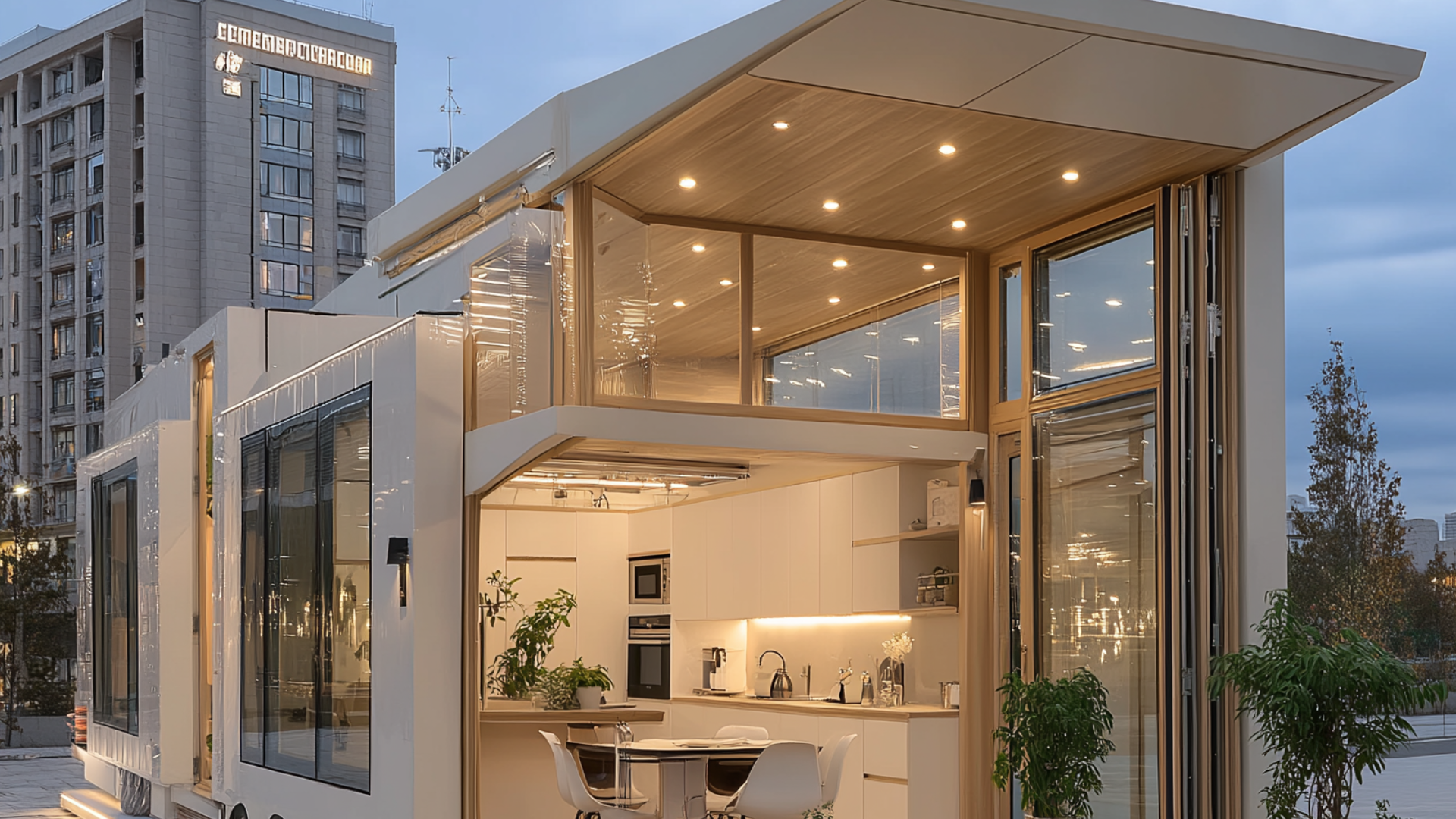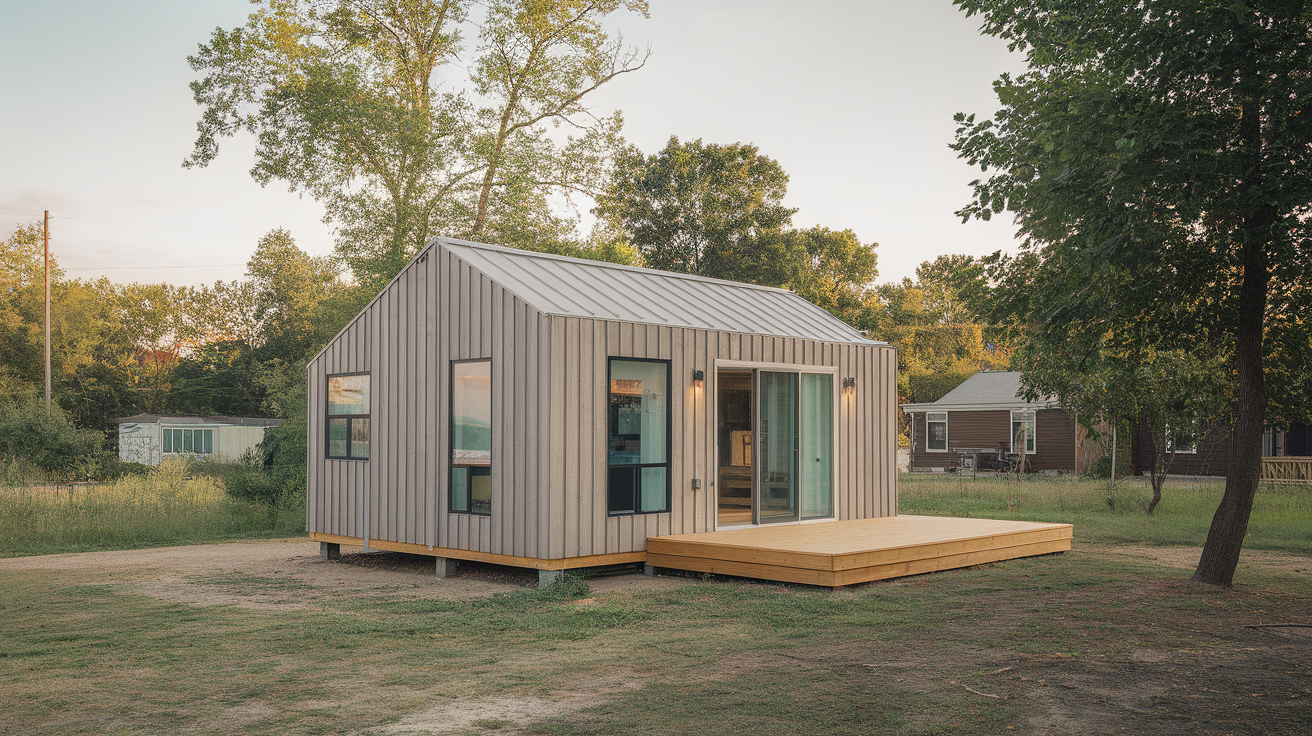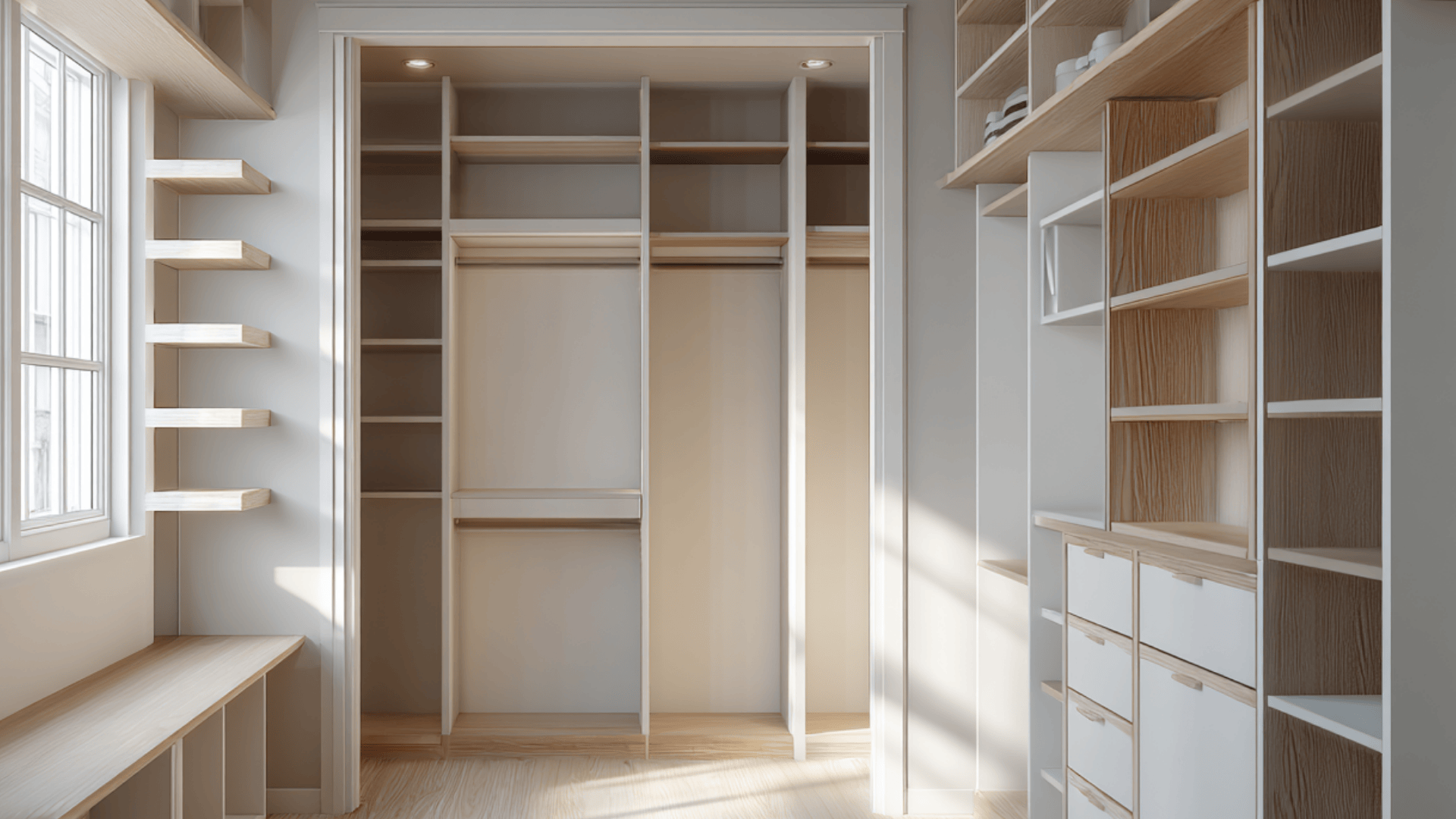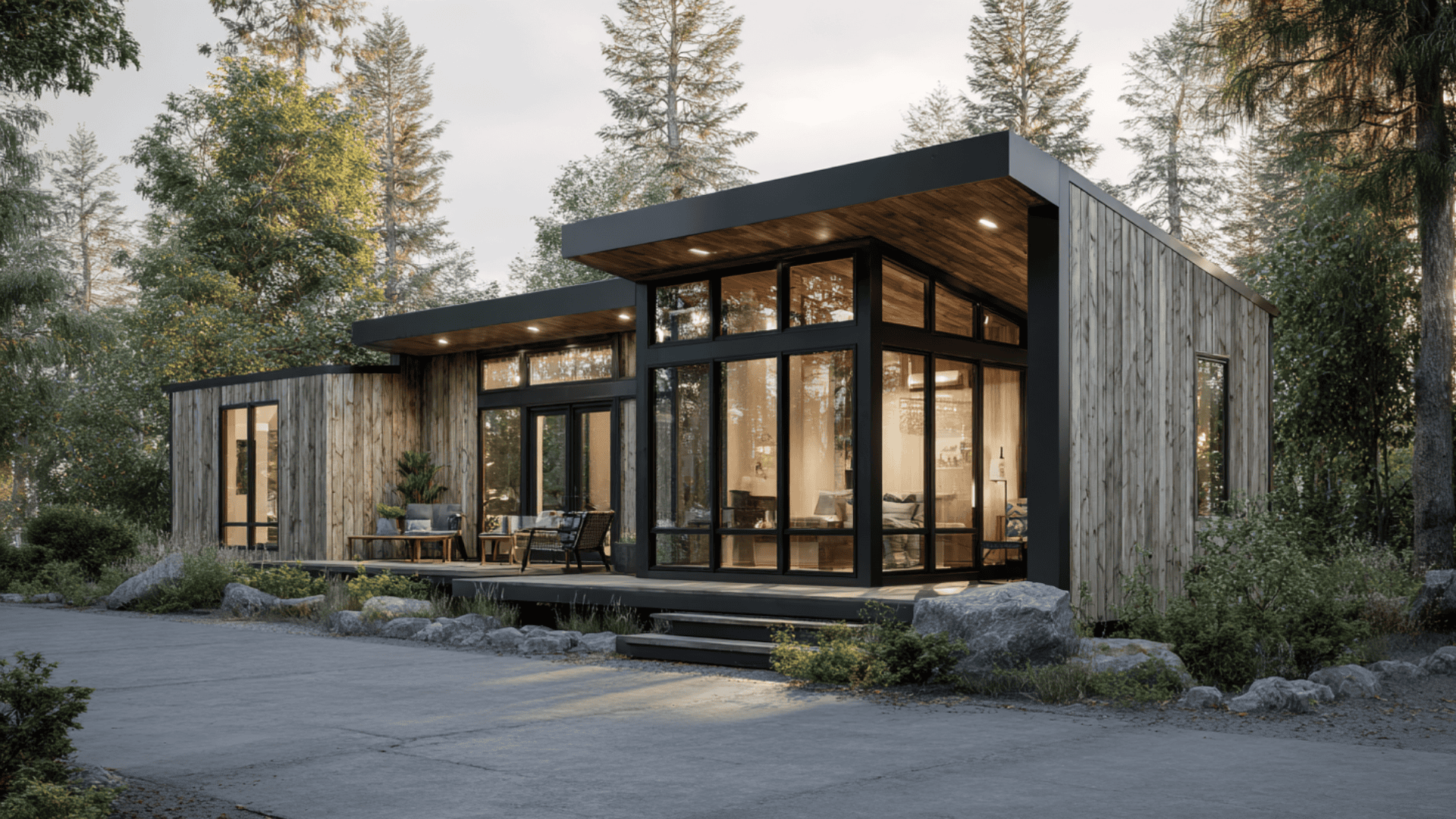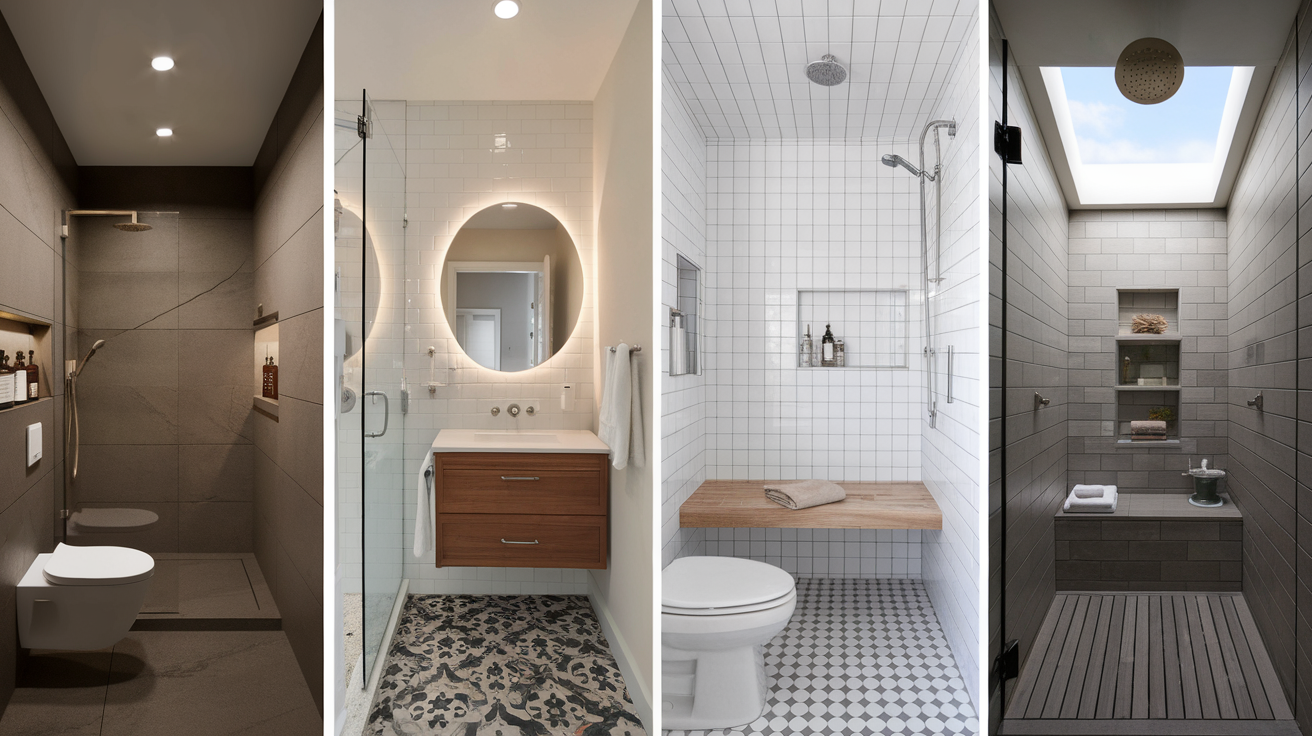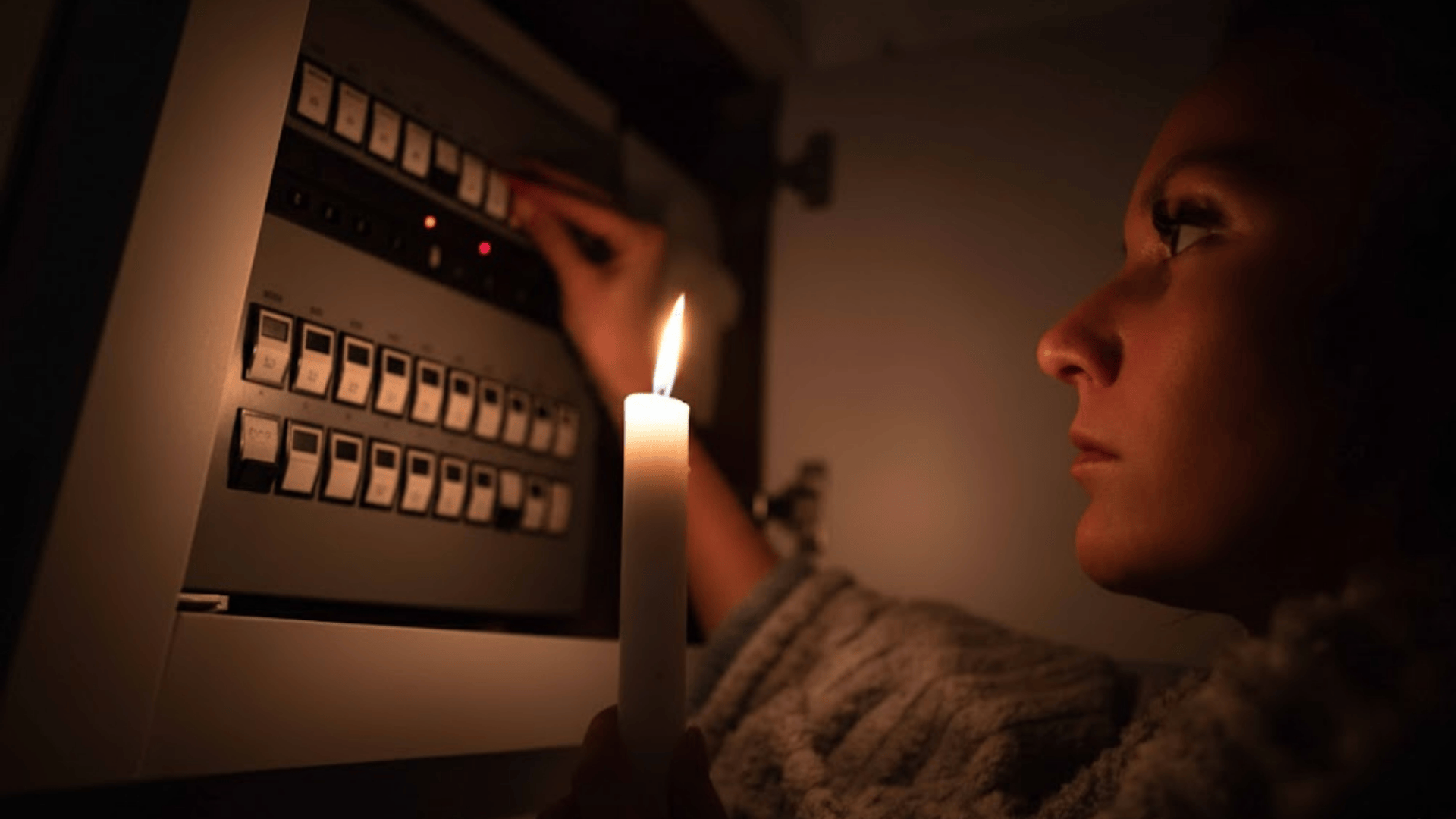A residential fire sprinkler system is one of those safety features you hope to never need, but you’ll be grateful it’s there if you do. It’s designed to detect heat quickly, control flames, and give families precious time to get to safety.
In this blog, I’ll walk you through everything you should know about these systems, what they cost, and help you understand how they fit into your home and budget.
By the end, you’ll understand why adding a sprinkler system is one of the most practical ways to protect your home and peace of mind
What is a Residential Fire Sprinkler System?
A residential fire sprinkler system automatically controls or extinguishes a fire before it spreads. It works automatically to stop flames from spreading long before emergency crews get there.
Each system includes small sprinkler heads connected to a water source. When heat from a fire reaches a set temperature, usually around 155°Fthe nearest sprinkler activates. Only the sprinkler above the fire opens, spraying water directly onto the flames.
These systems work fast, often controlling a fire in seconds. That quick response keeps smoke damage low, gives everyone more time to escape, and can prevent a total loss.
Main Components:
- Sprinkler Heads
- Water Supply
- Piping Network
- Control Valves
- Alarm System
Stages of How Residential Fire Sprinklers Work

Residential fire sprinklers work through a quick, automatic process that detects heat and releases water before a fire grows out of control. Here’s how each stage works in order:
1. Detection
Every sprinkler head has a small glass bulb or metal link inside. That part contains a special liquid that expands when it gets hot.
When the temperature near a fire reaches around 155°F, the pressure breaks the glass bulb or releases the link.
This is the moment the sprinkler “detects” danger; it doesn’t sense smoke, only heat strong enough to mean a real fire.
2. Activation
Once the bulb bursts, water immediately flows through the connected pipes. Only the sprinkler closest to the heat opens; others stay closed.
The water comes from the home’s main water line or a dedicated storage tank. This targeted design ensures the system uses just the right amount of water, minimizing waste and avoiding unnecessary damage.
3. Suppression
As water sprays from the open head, it forms a fine mist or pattern that cools both the flames and the surrounding air.
This sudden drop in temperature prevents the fire from spreading and produces steam that helps smother remaining embers.
Most small fires are controlled or extinguished within seconds, long before firefighters arrive. This early response saves lives, limits smoke damage, and often makes the home livable after cleanup.
Installation Cost of Residential Fire Sprinkler System
| Scenario | Estimated Cost | Outcome |
|---|---|---|
| New home installation | $1.50 per sq. ft. | Early fire control, minimal damage |
| Retrofit installation | $3.50 per sq. ft. | Fast suppression, reduced smoke, and water cleanup |
| Average home fire damage (no sprinklers) | $30,000–$45,000 | Major repairs, possible total loss |
| Average home fire damage (with sprinklers) | Under $5,000 | Quick containment, lower insurance claims |
Installing a sprinkler system often pays for itself the first time it stops a small fire. Many insurance companies also offer discounts for homes with sprinkler protection.
Benefits and ROI of Installing Fire Sprinklers
- Life Safety and Faster Fire Control: The biggest benefit is protection. This fast response cuts the risk of death by more than 80% and keeps smoke and heat from spreading through the home.
- Lower Insurance Premiums: Many insurance companies offer discounts for homes with sprinkler systems because the risk of total loss is much lower.
- Increased Home Resale Value: A home equipped with a sprinkler system can stand out in the real estate market. Buyers value added safety features, and some local codes now require sprinklers in new construction.
- Environmental Benefits: Sprinklers use far less water than fire hoses, about 90% less in most cases. They also reduce the spread of smoke and toxic particles, lowering cleanup waste and protecting nearby air and soil.
When you look at the safety, savings, and long-term protection they provide, residential fire sprinklers aren’t just an expense; they’re a lasting investment in your home and family’s safety.
Types of Residential Fire Sprinkler Systems

Not all residential sprinkler systems are built the same. Each type offers different advantages depending on your home’s design, budget, and water setup.
1. Standalone Systems
Standalone systems use a separate set of pipes that serve only the sprinkler network. They don’t share water with sinks or showers and often include a dedicated water meter or storage tank for a steady supply.
They’re reliable and independent from household plumbing, which makes them easier to service without affecting regular water use. However, this setup can cost a bit more to install since it needs extra materials, space, and separate piping.
Best For: New homes with enough space for a dedicated system or properties with complex plumbing layouts.
2. Multipurpose Systems
Multipurpose systems share the same plumbing that supplies your home’s sinks, showers, and other fixtures. Every time you use water, it also moves through the sprinkler pipes, keeping the system ready for action.
They’re affordable and easy to install because they use fewer pipes and fittings. Regular household water use helps prevent stagnant water, so maintenance needs are minimal.
However, these systems rely on home water pressure, which can affect performance if pressure drops or other plumbing issues occur.
Best For: New builds where combining plumbing and fire protection reduces both time and cost.
3. Networked or Smart Systems
Networked or smart sprinkler systems use advanced technology to monitor, control, and report system activity in real time. They can connect to Wi-Fi or a smart home hub to send alerts when a sprinkler activates or when maintenance is needed.
These systems offer the benefit of remote monitoring and automatic testing, giving homeowners extra peace of mind.
They also integrate well with home security and alarm systems for full safety coverage. However, they usually cost more upfront and may need occasional software updates or service checks to stay reliable.
Best For: Modern or smart homes where homeowners want instant alerts, detailed data, and complete fire protection control.
Top U.S.-Based Companies for Residential Fire Sprinkler System Installation
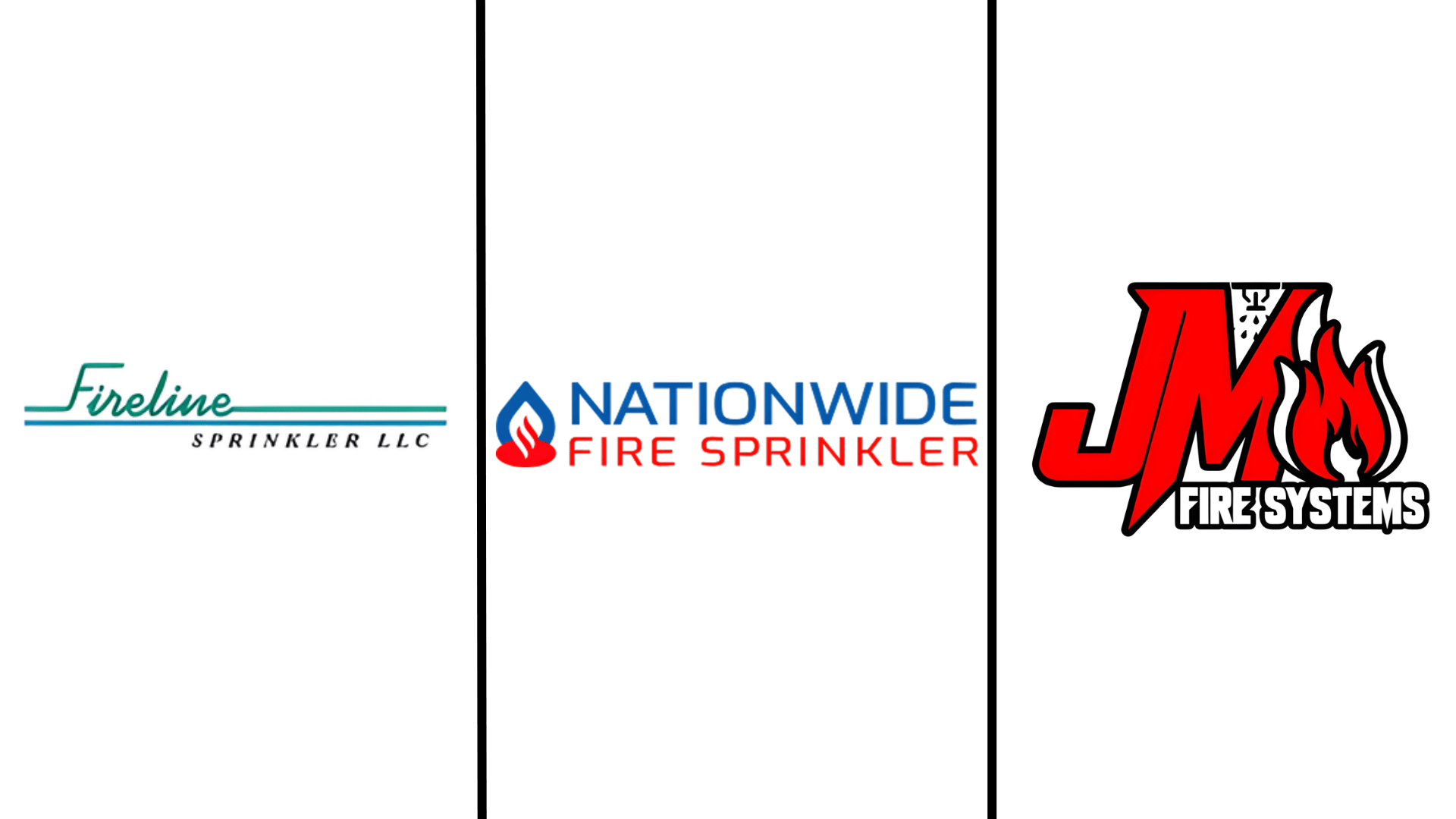
These trusted companies provide professional installation, inspection, and maintenance services for residential fire sprinkler systems across the United States.
1. Fireline Sprinkler LLC
Service Area: Operates across multiple U.S. regions with both residential and commercial coverage.
Specialty: Fireline Sprinkler LLC focuses on complete fire protection from system design and fabrication to installation and routine inspections. Their certified technicians handle both new home builds and retrofit projects.
What They Offer: Turnkey sprinkler solutions, system testing, code compliance checks, and regular maintenance programs. They also provide emergency repair services.
Get a Quote: Visit their website for a custom quote.
2. Nationwide Fire Sprinkler Company
Service Area: Provides coverage throughout the United States, including both metropolitan and rural areas.
Specialty: This company specializes in residential fire sprinkler design, installation, and retrofit projects. They’re experienced with NFPA 13D-compliant systems and work with homeowners, builders, and developers.
What They Offer: Custom sprinkler layouts, on-site assessments, installation for single-family and multi-family homes, and retrofitting for older properties.
Get a Quote: Visit their website for a custom quote.
3. JM Fire Systems
Service Area: Serves multiple states across the U.S., with offices in key regions for both residential and commercial clients.
Specialty: JM Fire Systems focuses on design-build residential fire sprinkler systems, offering solutions that meet local codes and insurance requirements.
What They Offer: System design, installation, inspection, and annual maintenance services. They also assist with obtaining necessary permits and coordinating inspections with local authorities.
Get a Quote: Visit their website for a custom quote.
Common Issues and Fixes
- Leaking heads or fittings: Usually caused by corrosion or loose connections, tighten or replace the parts promptly.
- Painted or dirty sprinkler heads: Clean gently with a soft cloth; never use harsh chemicals or cover them.
- Low water pressure: Contact your local water provider or a fire system technician to test for blockages or pump issues.
- Blocked or hidden sprinkler heads: Move furniture, curtains, or décor that might block water spray. Keep at least 18 inches of clearance around each head.
- Corrosion or mineral buildup: Hard water can cause scaling inside pipes. Flush the system occasionally or have a professional clean it during annual maintenance.
Staying alert to these small issues keeps your sprinkler system dependable and ready to protect your home when it matters most.
Conclusion
Choosing a residential fire sprinkler system is a smart step toward making your home safer and more resilient. It’s not just about meeting codes; it’s about preventing a small spark from turning into a major disaster.
The right system, installed by qualified professionals, can protect your home around the clock without you having to think about it.
If you’re planning a new build or upgrading an older property, now’s the perfect time to try your options.
Contact a licensed U.S. sprinkler installation company for a personalized estimate and find out how simple it is to add this layer of protection. A little preparation today can make a life-saving difference tomorrow.



